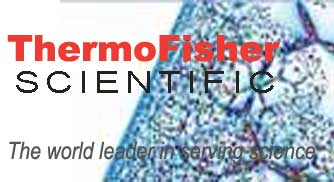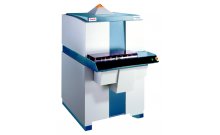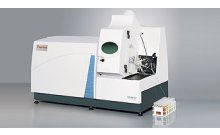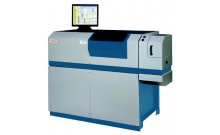XSeries 2 等离子体质谱仪形态分析应用-铬的价态分析
abstract:
The US Environmental Protection Agency (EPA) and the European Union have specified maximum admissible concentrations of 0.1 and 0.05 mg/L for total chromium under their respective drinking water directives.
However, due to significant differences in toxicity, reactivity and bioavailability, it is also vital to distinguish between the trivalent (CrIII) and hexavalent (CrVI) valence states of chromium. CrIII is essential for glucose, protein and fat metabolism whereas CrVI on the other hand is highly toxic due to its strong oxidising properties. To assess human health risks from environmental exposure to chromium and chromium species, an accurate analytical method comprising highly sensitive and specific detection is needed.
This application note describes the use of the HPLCICP-MS instrument package from Thermo Electron Corporation for the determination of chromium species in aqueous matrices. The HPLC reversed phase methodology employed complexation of CrIII with EDTA to improve separation. Due to the carbon containing mobile phase, optional collision cell technology (CCTED) was optimized for the prevention of the polyatomic interference 40Ar12C+ on 52Cr. The CCT additionally suppresses interference from matrix in the water samples. The analytical methodology was validated using a CRM (BCR CRM-544, lyophilized water) and method limits of detection (LOD) were determined from 3 times the standard deviation of species concentrations found in the blank (n = 5).
instrument:
Conclusions:
The Thermo Scientific External Trigger Card and PlasmaLab software features permit automated instrument operation and integration for the routine speciation of chromium using HPLC-ICP-MS. The above described methodology provides a validated solution for rapid, accurate and sensitive determination of CrIII and CrVI species.




